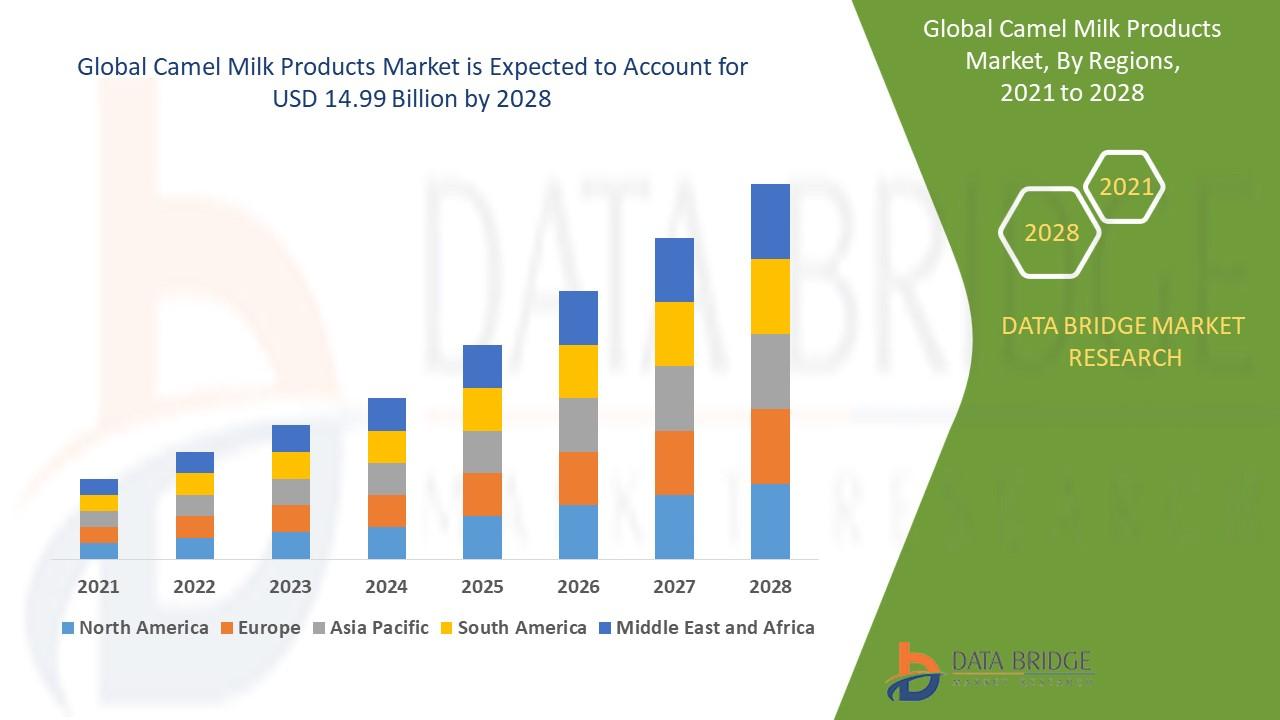Automotive Infotainment Market Share Evolves as Connectivity Becomes Core Vehicle Feature

The global Automotive Infotainment Market is stepping into a new era where in-vehicle systems are no longer optional extras but centre-stage components of the driving experience. Infotainment systems—which include audio, video, navigation, connectivity, display screens and user interfaces—are transforming how we interact with vehicles. As vehicles become more connected, software-centric and feature-rich, the share of infotainment modules in overall vehicle electronics spend is rising significantly.
The Importance of Infotainment in Modern Vehicles
In past decades, an infotainment system might have meant a radio and perhaps a basic screen. Today, it is the cockpit hub: integrating smartphone mirroring, voice commands, cloud services, over-the-air updates, driver assistance features and multi-screen environments. Because of this expanded role, automakers are allocating more content, cost and validation resources to infotainment systems. Therefore, the market share of these systems—both in unit count and in value per vehicle—is increasing. As OEMs push to deliver seamless user experiences that match consumers’ expectations of smartphone-like connectivity, infotainment becomes a strategic differentiator.
Drivers Behind the Growing Market Share
One key driver is consumer demand for connectivity and seamless digital experience inside cars. As consumers expect their vehicle to integrate music streaming, navigation, apps, smartphone connectivity, and personalized settings, infotainment system providers must elevate their offerings—and this pushes value upward. Another driver is the increasing electronic content per vehicle. Vehicle architectures are shifting: electrification, ADAS (advanced driver assistance systems), zone-based wiring, domain controllers—all of these require richer display and control systems, which bolsters the share of infotainment systems within the vehicle’s bill of materials.
Additionally, regional vehicle production growth and emerging market demand contribute. In regions where new vehicle sales are growing fast, automakers leverage infotainment features to differentiate in competitive marketplaces. Furthermore, the aftermarket for infotainment upgrades, firmware updates, integrated services and connected-car subscriptions also adds to the total market.
Lastly, the shift toward software-defined vehicles (SDVs) accentuates the relevance of infotainment. As vehicles move from hardware-centric to software-driven platforms, the systems that manage user experience—including infotainment—become more valuable.
Trends Shaping the Infotainment Market Share
Several important trends are shaping how infotainment systems gain share:
-
Large high-resolution displays and multi-screen layouts are becoming the norm, increasing material and software content.
-
Operating system convergence: Many vehicles are adopting Linux, Android Automotive OS or customised frameworks, which changes the value chain and creates software ecosystems.
-
Greater integration with connected services: Infotainment systems are no longer isolated modules—they link to cloud services, telematics units, and mobile apps. This raises system complexity and value.
-
Electrification and mobility trends: Electric vehicles (EVs) and shared mobility often place greater emphasis on user experience and cabin features, meaning infotainment becomes even more central.
-
Aftermarket upgrades and subscription services: Automotive OEMs and tier-1 suppliers are offering software upgrades, connected features, and infotainment add-ons, creating recurring revenue streams and raising the overall market share beyond just initial vehicle sale.
Regional Dynamics
Regionally, the Asia-Pacific region currently leads in volume given the massive vehicle production and large consumer markets, which drives share growth in units and scale. Meanwhile, North America and Europe show higher value per vehicle due to premium vehicles, advanced features and stringent regulations for driver information systems. As emerging markets adopt higher levels of connectivity and infotainment features, their contribution to global market share is rising, shifting the global balance.
Challenges and Opportunities
Despite the strong momentum, several challenges remain. Supply-chain constraints (especially for semiconductor components), rapidly changing software requirements, cybersecurity concerns, and the need for standardisation pose risks. From an opportunity standpoint, there is major potential in continuous software updates, subscription-based infotainment services, integration with autonomous-driving user interfaces and aftermarket retrofits. Suppliers who can deliver scalable hardware + software ecosystems, global support networks and modular architectures are best positioned to expand their share.
Looking Ahead
As vehicles continue to evolve—becoming smarter, more connected, shared and electric—the share of the automotive infotainment market will continue to grow both in absolute value and in proportion of vehicle cost. The days when infotainment was a feature list option are over; it is now a core system that influences purchasing decisions and revenue models post-sale. For OEMs, suppliers and service providers, it is essential to treat infotainment not as an after-thought but as a strategic platform. The market share gains are being made now by those who prioritise seamless connectivity, strong UX (user experience), flexible software platforms and global scale. In this shifting landscape, infotainment is not just about entertainment—it is about the future of mobility and how vehicles communicate, connect and engage with users.
More Related Report
Automotive Active Spoiler Market Size
All-Terrain Vehicle (ATV) Engines Market Size
Κατηγορίες
Διαβάζω περισσότερα
The Industrial Automation Market estimation showcases the sector’s robust potential as industries embrace digitization, robotics, and AI-powered solutions. Estimated at USD 234.39 Billion in 2024, it is projected to grow from USD 226.07 Billion in 2025 to USD 602.51 Billion by 2035, with a compelling CAGR of 10.6%. Automation technologies have evolved beyond simple process control...

This Acerola Extract Market report has been prepared by considering several fragments of the present Acerola Extract market and upcoming market scenario. The market insights gained through this market research analysis report facilitate a more clear understanding of the market landscape, issues that may interrupt in the future, and ways to position a brand excellently. It...

In modern manufacturing, the choice of a Preform Mould determines not only the quality of products but also the efficiency of the entire production process. For companies aiming to produce high-quality preforms consistently, having the right mould is an essential step. Every detail in a mould affects the final product. Smooth surfaces, precise measurements, and accurate alignment ensure that...

Introduction The Global Camel Milk Products Market has emerged as one of the most distinctive and rapidly evolving segments within the dairy and functional food industry. Camel milk, long regarded as a staple food across desert and arid regions, is gaining global recognition for its unique nutritional profile and therapeutic properties. It contains lower fat and cholesterol than cow...

The North America Security Operation Center Market forecasts indicate an exceptionally promising trajectory, with the market expected to grow from USD 243.20 billion in 2024 to USD 10020.32 billion by 2035, registering a CAGR of 40.22% from 2025 to 2035. This remarkable growth is driven by the increasing sophistication of cyber threats and the escalating adoption of advanced security...
